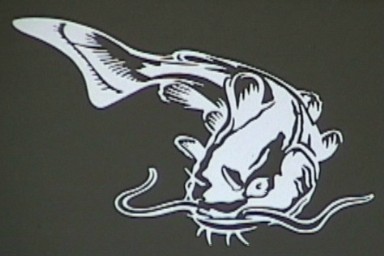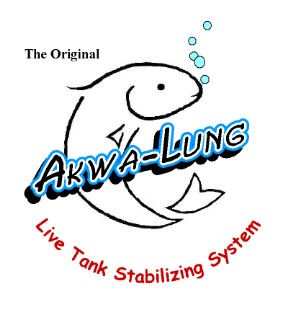 |
 |
||
|
Members
Fishing
Information
Other
|
Wing Dams Right behind the wing dam, you will find a reverse current during certain water levels. They never write about anchoring below the wing dam and fishing upriver where this water swirls in a tornado effect. There are two techniques used. Anchor below the swirl and fish up steam. Use a no roll sinker to hold the current along the shore line on your inner poles and another outsides letting a roll sinker that will sweep in the current along the dam and down into the scour hole.. This is just one style used to sweep below the wing dam. The other is to anchor right on the shore line and throw at the dam letting your baits drift out along the dam and down with the current. That was just a few strategies of hitting the reverse current lower part of the wing dam that you use before you go. The first is to sweep the top or upriver from the dam especially if there is a hole by the bank. A lot of times, there will be structure there from the floods from the Spring rains. Then you go anchor off the tip or if there are any breaks in the dam to really hit the scour holes. Then use that other ones to make sure you covered as much territory as possible. Takes about an hour depending on if you are catching fish or not. Naturally, with starting at the top, your baits will scent the rest of the hole. Take advantage of the various sinkers to sweep and do their work as you always have to keep an open mind and experiment with new ideas and techniques. Once you get used to fishing the big rivers, you will love it! It is a whole different story and game plan that you think about considering the sizes of the various wing dams. Normally, I will already know the dams from looking at the maps before I even hit the water and figure them out more prefishing the day before a tournament when I look into it and not fish it. Mainly, I will look at the structure of the bottom in the scour hole then determine where the back wash is just by drifting the natural current with the boat back down and run the shore line up. Then you run up above the dam sweeping across it with your boat to see if you can find the inner wash out by the bank if it exists or what the flats look like if silted in. A lot of times, you can tell just by reading the current that depends on the water levels and how big the river is. If there are a system of several dams, you normally focus on the top and bottom ones as the middle ones normally will be silted in as a general rule. Definitely pay attention to the ones that have breaks in them. When I am fishing, I don’t really target certain fish and try to catch them as I prefer not to run the boat over them disturbing the area. When I approach the dam the next day fishing, it is from the top letting down to it with your anchor rope normally about 30 to 40 feet . If there is a shoreline hole, use your engine angle to drift the boat back down away from the shore line then dropping the side anchor to steady the boat.. Your main focus is that hole by the shore. You try to get about a 75 to an 80 degree angle with your anchors so your anchors hold the boat properly. If there is a flat there, go the other way and set your first anchor more towards the shore to work outwards. For some reason, I tend to target the deeper waters instead of the shallows. My opinion is to be as quiet as you can. Depending on how close you get to the dam depends on how much line you like to have out as a personal preference. The more line you have out, the less you will feel the finicky bites is a general rule. Normally, you will pick up smaller fish on the upper portions of the dam as it is worthwhile to add one to your limit is why you fish it spending 20 minutes. While you are there, you can also pay attention to the current breaks below the hole and get a better mental picture of your next move. Another way to really see the current breaks is to use a bobber on one of your poles.. Watch closely how the bobber reacts with the current. Why fish this lower backwash area that I am concentrating on in this article? Simple. The bait fish will get sucked into the backwash current migrating up from down stream and eventually try to find where the water has the least amount of current. What sits in this area? Yes, exactly, the bigger more aggressive cats waiting for an easy meal to come along that requires the least amount of effort! This is the area that you want to target spending the most time where the bait fish are.
Vince Copple
"The Voice of the American Sportsman" Special thanks to Harry & Cathy Canterbury
|
